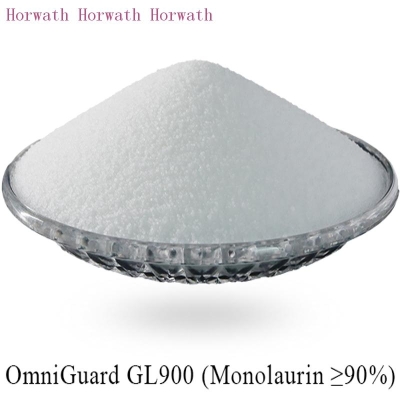Achieving a win-win situation of ecological animal husbandry in Inner Mongolia
-
Last Update: 2002-11-16
-
Source: Internet
-
Author: User
Search more information of high quality chemicals, good prices and reliable suppliers, visit
www.echemi.com
Introduction: this year, Inner Mongolia prairie unfolds a beautiful long scroll of animal manure and grass Although it is related to the climate and sufficient rainfall, it is mainly the result of "human efforts": through the re integration of production factors such as grassland, livestock and herdsmen, the autonomous region has combined "two articles" on ecology and animal husbandry to realize the "two problems together" Inner Mongolia Autonomous Region is vast in territory, but the distribution of productivity is unreasonable Some small towns are mostly the residence of administrative institutions, with simple economic structure, weak industrial and market functions, weak infrastructure, and prominent contradictions between ecological construction and animal husbandry development The autonomous region clearly proposes to recombine production factors and adjust the distribution of productivity We should not only develop animal husbandry stably, but also protect and build ecological environment effectively Inner Mongolia implements recuperation for degraded grassland Ordos City has implemented year-round grazing prohibition, and other places have also implemented seasonal grazing rest and rotation In order to restore the ecology of some places where it is difficult to carry livestock for grazing, Alashan League put forward the strategy of "contraction and transfer" of animal husbandry After more than 2000 herdsmen and 150000 livestock were moved out of Helan Mountain area, the production was resolutely concentrated in "six towns, eight districts and ten beaches (oases)": people concentrated in towns, industries concentrated in communities, and farmers and herdsmen concentrated in oases After the pilot project, Xilingol League also made the decision to enclose the grassland this year, focusing on the protection and management of the "four belts, four areas and twelve points", building the grassland while protecting the grassland, and building more than 12 million mu of arable land into a grassland through the implementation of "return of advance and retreat" In Inner Mongolia, the structure of livestock grazing has also been adjusted: on the one hand, house feeding and captive breeding, on the other hand, "animal husbandry and farming" has been implemented Over 98 million cattle and sheep have been transferred from the pastoral area to the agricultural area for fattening in recent years At the same time, Ordos group, Luwang group, Yili Group, Mengniu Group and Xingfa group, which mainly process cashmere, milk and beef and mutton, continue to expand their "animal husbandry" enterprises, setting up factories and construction sites in each pastoral area, strengthening the marketing and Realization of livestock, and effectively feeding the animal husbandry A few years ago, Inner Mongolia began to move out residents living in areas with poor natural environment After continuous exploration, the pilot project of expanding towns for immigrants has been expanded to 22 Qi counties 16000 farmers and herdsmen have moved from places with fragile ecological environment to small towns and places with good conditions This year, more than 25800 people living in 24 Qi counties of 11 League cities have been transferred, leaving Zhangzisong nature reserve, Horqin and hunshandaksha District, north foot of Yinshan Mountain Wind Erosion and desertification grassland Area, Loess Plateau Soil and water loss area, to better conditions to start a new business Sampling survey shows that at present, the annual net income per capita of immigrants has exceeded 1500 yuan, and some of them have reached 3000 yuan, achieving stable poverty alleviation The "element project" in Inner Mongolia has brought a win-win situation for ecology and animal husbandry According to preliminary statistics, the total number of livestock in the whole region in this year's animal husbandry year reached 72.6 million, an increase of 1.25 million over the same period last year, with a total increase rate of 3.5 percentage points The ecological environment has improved significantly The whole area has withdrawn more than 7 million mu of grassland and sloping land, and the vegetation coverage has increased from 20% to 70% For example, in Etuokeqian banner, it is expected to produce 83 kg of forage per mu this year, an increase of 35 kg over last year, and the vegetation coverage rate will increase from 30% to 55% before grazing prohibition.
This article is an English version of an article which is originally in the Chinese language on echemi.com and is provided for information purposes only.
This website makes no representation or warranty of any kind, either expressed or implied, as to the accuracy, completeness ownership or reliability of
the article or any translations thereof. If you have any concerns or complaints relating to the article, please send an email, providing a detailed
description of the concern or complaint, to
service@echemi.com. A staff member will contact you within 5 working days. Once verified, infringing content
will be removed immediately.







